“The third planet is incapable of supporting life…Our scientists have said there’s far too much oxygen in their atmosphere.” - The Martian Chronicles, Ray Bradbury
The search for life
“Are we alone in the universe?” is one of humanity’s oldest questions and is resultingly one of significance, with tremendous scientific and social ramifications. In search of answers, a great deal of attention has been focused on our closest neighbour, the red planet, Mars.
A far cry from the proposed canals on the Martian surface in the late 1800s (and the inspiration for HG Wells’ War of the Worlds), Mars today is an inhospitable planet – the surface of Mars is an arid, freezing, and extremely low-pressure environment that is bombarded by radiation and is unable to sustain liquid water. All known life needs water - the desiccated surface of Mars in combination with these multiple extremes is therefore a seemingly insurmountable barrier to the possibility of life.
However, in 1971, Mariner 9 became the first spacecraft to orbit another planet and returned detailed photos of the surface of Mars. The photos taken by Mariner 9 showed a surprisingly dynamic world, showcasing evidence of dried vast river valleys and channels, indicating that Mars was once host to extensive bodies of water. In the decades since, the evidence for Martian waters has only been strengthened by further missions to Mars. These missions, the orbiters and the landers have detected extensive evidence supporting the former presence of water, including minerals (such as clays and salts) and morphological features (such as fossilised ripples and outflow channels) that typically only form in the presence of water.
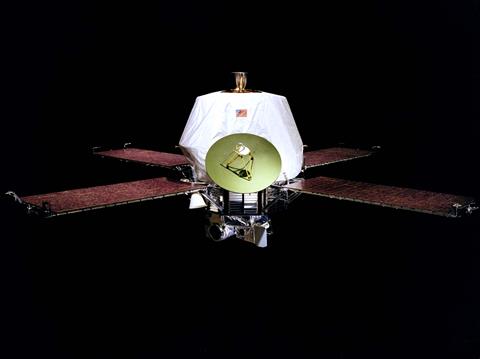
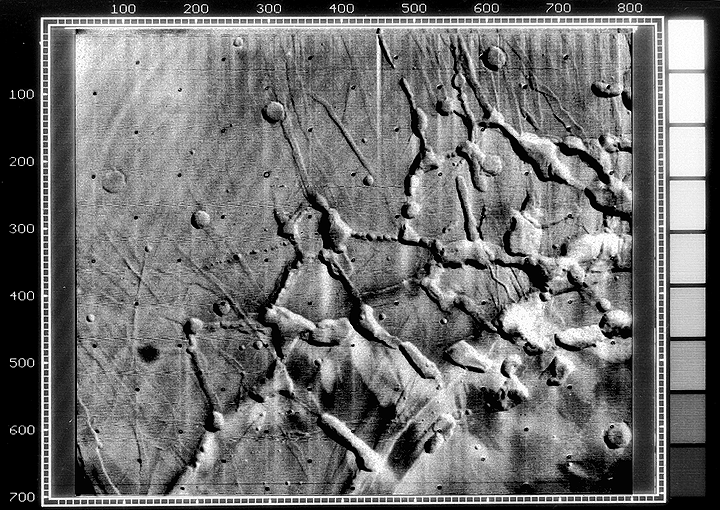
Further to this evidenced former presence of water, analysis of the sediments on the martian surface indicates the presence of much more clement conditions, including a hospitable temperature range, circumneutral pHs, and the presence of all major bio-essential elements and multiple potential electron donors and acceptors necessary for energy generating reactions (oxidation-reduction (redox) reactions). This combination of proposed conditions indicates that not only could Mars have once been a water-rich planet, but there was a billion-year window where Mars could have been habitable. Following the loss of Mars’ atmosphere and decreased volcanism, the water on the surface of Mars would have been greatly reduced in volume and increasingly saline. Given the geological timescales over which these shifts would have occurred, any potential martian life would have been exposed to increasingly hypersaline conditions, with the most halotolerant representing both the potential last viable forms of life and the last organisms to leave evidence of their existence (biosignatures).
Insights into Mars from Earth
We can develop insights into the potential metabolic diversity that would have been viable under these Martian conditions via a combination of modelling, to derive the chemistry of the Martian waters from the mineralogy left behind, and analogue environments, selecting environments that the modelling indicates as having appropriate physical and chemical parameters. Earth hosts an incredible diversity of analogue environments that represent physicochemical proxies for other planets in the Solar System – analogues that allow us to investigate celestial targets of astrobiological interest. Mars possessed diverse environments with a wide range of environmental conditions (e.g. acidic to alkaline pHs). Therefore, in the same way that no one environment could represent all of Earth, no analogue is perfect for all of Mars.
There is also the important caveat that no environment on Earth is a perfect fit, as Earth is rich in both life and oxygen. However, there are many hypersaline environments that are chemically similar enough for us to develop our understanding of Martian water, whether life could have ever existed in it, and the types of evidence it could have left behind. While Earth-based life introduces inherent bias, to account for Mars’ geological diversity and the potential impact of minor chemical variations, using distinct analogue environments strengthens our investigation of a potential Martian biosphere.
Studying distinct analogue environments enables us to identify ecological principles applicable to chemically similar but biologically distinct settings. Examining microbial diversity within these varied environments allows us to generate hypotheses that account for fluctuations in physical and chemical parameters and stochastic events that influence microbial evolution.
The Makgadikgadi Basin
Models have shown that hypersaline environments are appropriate analogues of early Mars because of the identified abundance of salts across the Martian surface, and sulfur within Martian meteorites. An environment that hosts numerous hypersaline environments is the Makgadikgadi basin.
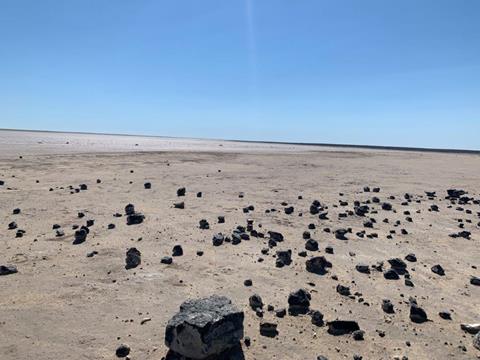
The Makgadikgadi is the largest inland evaporitic basin in the world resulting from the former presence of a mega paleolake that existed in the region of the Kalahari Desert. The basin is comprised of multiple pans, including the Sua and Ntwetwe Pans. The basin is predominantly fed by groundwater and local precipitation in an overall arid to semi-arid climate, and is characterised by high UV radiation and salinity, deposition of evaporitic minerals and clays – these physicochemical conditions represent a physical and chemical analogue for former aqueous environments on Mars.
Further similarities include osmotic pressure fluctuations as water availability changes; high levels of UV radiation, groundwaters that seasonally recharge with rain and river flow; mineral deposits that were formed by repeated flooding then evaporation; water availability changing with the seasons; and sedimentary beds deposited by water movement through a river fan; with silicates and salt on top of clays. These water-formed clay deposits within the MB are similar themselves to deposits observed on Mars. A further similarity is the widespread presence of halite on Mars and across the pans. Halite is of further astrobiological interest because microscopic fluid inclusions in the otherwise solid crystalline structure of halite salt can host liquid brines that contain halophilic microorganisms. As these brine inclusions can trap and preserve water, organic material, and microbes, there is the potential for these inclusions to represent “time-capsules” of these former Martian environments.
La Mancha
However, whilst the Makgadikgadi basin is a good analogue environment for hypersaline and clay-rich environments on Mars, sulfur has also been shown to be highly abundant across the Martian surface and in Martian meteorites.
In order to explore the viability of metabolisms within sulfur-rich Mars environments, an alternate series of Mars analogue environments are located in the semiarid La Mancha region in Spain - Laguna de las Yeguas, Laguna Grande near Quero, Laguna de Peñahueca, Laguna del Longar. The drainage networks linked to the Guadiana River are poorly defined and are characterised by weak erosive power, similar to the basins observed on the surface of Mars. The high evaporation rates during the hot and dry summer months result in the formation of saturated brines and desiccated salt flats. Chemical analysis of the waters of these Lagunas identified a higher concentration of sulfate anions in the shallow waters of these lakes compared to chloride anions, making them chemical analogues closer in approximation to Gale Crater and Jezero Crater, the locations of the Curiosity and Perseverance Rover, respectively.
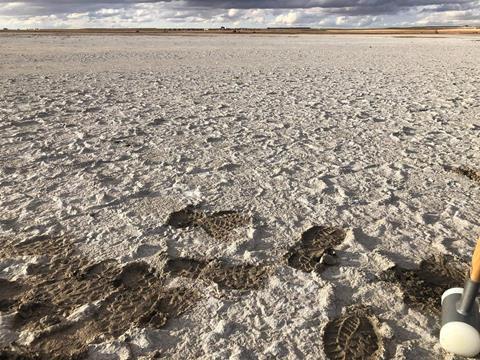
Together, these analogue environments provide a comprehensive framework for exploring the diversity and resilience of putative martian life.
Studying analogues
To study these extreme Mars analogues, we worked with local researchers to perform fieldwork and collect samples. In Botswana, we worked with Dr. Lesedi Lebogang and Dr. Fulvio Franchi from the Botswana International University of Science and Technology with support from Europlanet. The Europlanet Society promotes the advancement of European planetary science and related fields for the benefit of the community. In Spain, we worked with Dr. Felipe Gómez from the Centro de Astrobiología. By establishing partnerships with local researchers in these field sites we try to work in an ethical and equitable manner that is both respectful to local peoples and does not damage these unique environments. Local researchers also have deeper knowledge of each site and can ensure that fieldwork is safe and effective.
We collected sediment cores and water from across both the Makgadikgadi and the La Mancha regions. Once in the laboratory, we analysed these samples to answer our key questions – how close is the chemistry of our samples to Mars (or how much of an analogue is our analogue?), what type of life lives there and what does this tell us about possible ancient life on Mars?
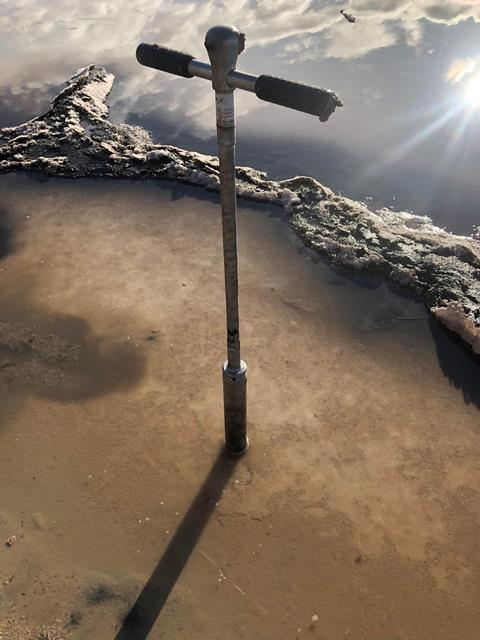
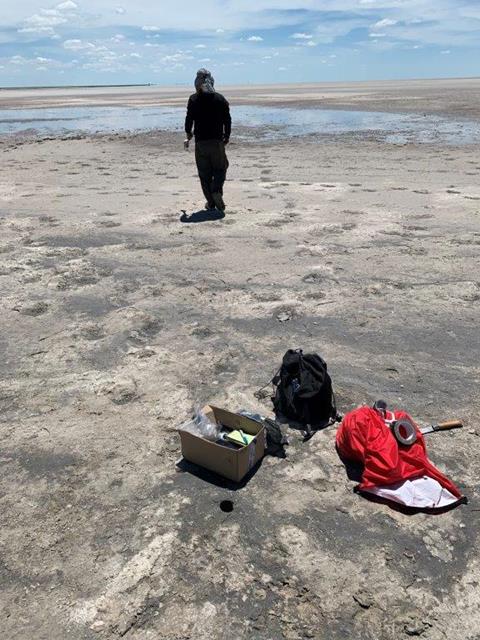
To define the chemistry, we use Inductively Coupled Plasma Optical Emission Spectroscopy and Ion Chromatography to determine the elemental and ionic composition of the fluids. We can then use statistical analysis to compare these chemistries to the chemical composition of modelled early Martian waters. This chemical characterisation also allows us to analyse the variation across the environments and over the depth of our sediment cores and how this might influence the microbial community.
We then identify the bacteria that live in these environments through a combination of cultivation-dependant and independent techniques – specifically, isolating strains of halophiles from the environment for further study and extracting DNA from the environmental samples for metagenomic analysis, allowing us to explore the taxonomic and metabolic diversity surviving in these environments. By identifying the microbes thriving under these chemical and physical conditions, we can investigate if they alter the chemistry of their environment (e.g. by producing specific minerals, altering isotopic profiles, or entombing organic material). These alterations can be used as evidence of life long after the bacteria are dead and could be considered potential biosignatures for their former presence. Even allowing for a distinct form of life, allowing for the finite number of energetically favourable pairings of electron donors and acceptors, this can provide us with possible hypotheses into the possible forms of biosignatures on Mars. We can then challenge these hypotheses further by comparing between distinct analogue environments and challenging these microbes under more chemically accurate simulated Martian conditions.
We are currently in an era of Mars exploration. Moving into the future, we will see the launch of the joint ESA/NASA ExoMars Rosalind Franklin Rover, and in the 2030s we will see the NASA/ESA Mars Sample Return mission to collect the Perseverance sample cache. This is alongside other proposed missions by the Indian and Chinese Space agencies and private companies. Therefore, it is important to constrain the search parameters to guide the search for possible life on Mars to try and ensure we avoid false positives and false negatives. By understanding the potential for viability on other worlds, we can also better understand the risks of transferring microbial life from Earth (forward contamination) and the risks of transferring contaminating materials back to Earth (reverse contamination), and the resulting requirements for planetary protection.

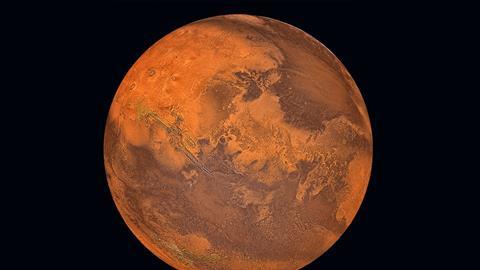






No comments yet